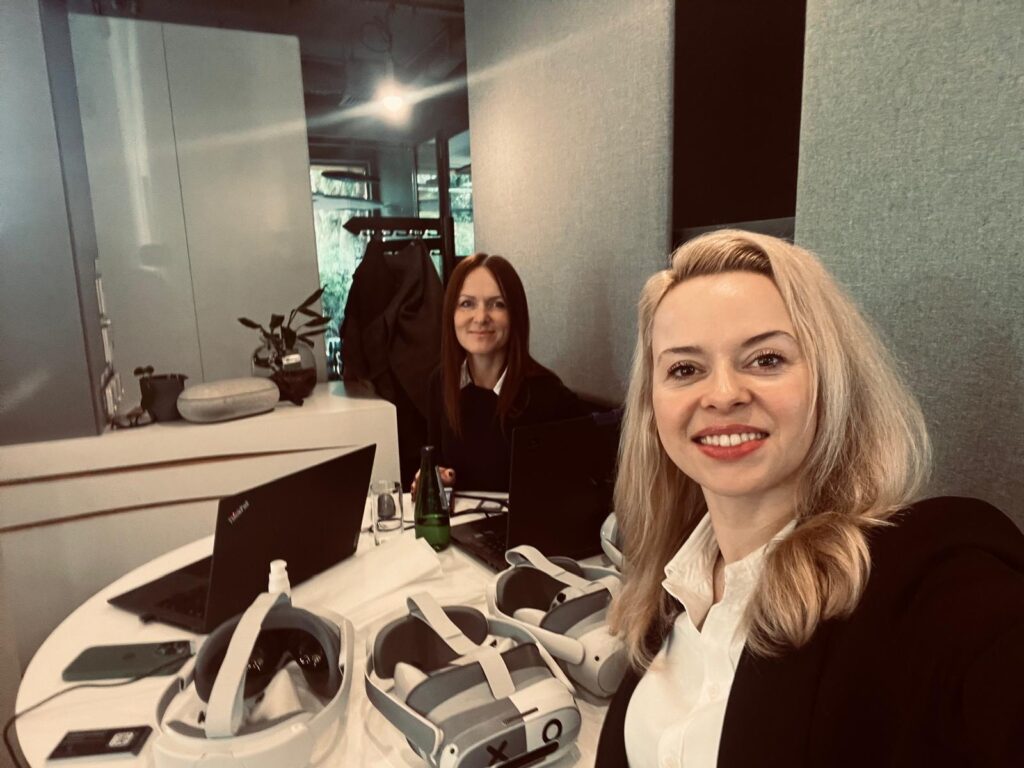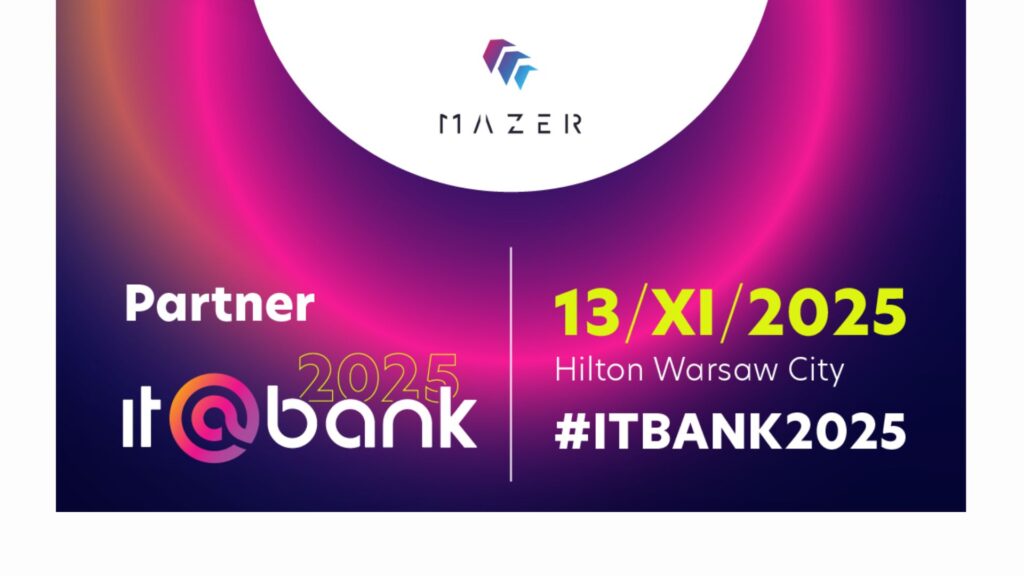Immersive Training for Banking and Finance
Table of Contents:
Banking and finance have always been industries defined by precision, high stakes, and trust. But behind the polished glass of corporate towers and the numbers on screens, there’s something often overlooked – people. People who make split-second decisions and manage risk under pressure. For them, traditional models simply aren’t enough anymore. That’s why immersive technology in banking is becoming a dynamic way to train employees.
Immersive technology in banking – what is it?
In a nutshell, immersive technology in banking uses tools like virtual reality (VR) and augmented reality (AR) to create interactive, realistic experiences.
It helps train employees by simulating real-life scenarios, improving skills like customer service and compliance. This hands-on approach makes learning more engaging and effective, preparing staff to handle challenges confidently while enhancing overall banking operations.
Why traditional training falls short
Ask anyone in the industry and they’ll tell you: banking is more than understanding products and regulations. It’s about judgment calls, communication under pressure, and staying calm when millions are on the line. Conventional training often lacks the emotional weight or realism to prepare people for that. It’s one thing to memorize how to handle a difficult client; it’s another to feel the tension of a simulated conversation going sideways, where your body reacts just as it would in real life.
That’s where VR training in banking enters the picture. Virtual reality allows employees to be placed directly into high-stakes scenarios without any of the actual risk. From managing a fraud investigation to navigating a regulatory audit, VR enables learning by doing. And more importantly, it allows for failure in a safe space. That being said, the brain treats these experiences as real, meaning the lessons sink deeper and faster.
VR training in banking – use cases
So, what are some ways VR training can be used in banking?
- Wealth advisors can practice handling client objections in realistic simulated meetings, improving how they read body language, adjust tone, and build rapport.
- Compliance officers are able to work through real-time crisis scenarios to sharpen communication and decision-making under pressure.
- Risk management teams can simulate market volatility to develop quick, informed decision-making skills.
- Branch staff can rehearse responses to robbery situations and tough customer interactions, helping them stay confident and prepared.
- Managers can use detailed VR data to track progress and customize training for each employee.
- Experienced bankers can stay up-to-date with changing regulations and new digital tools through interactive, immersive refreshers.
These are just a few examples of how immersive technology in banking is transforming soft skills training. In a competitive industry like finance, where there’s constant pressure to move faster and think smarter, virtual reality basically helps organizations stay ahead.
The takeaway
Despite its futuristic feel, immersive technology in banking is, at its core, a deeply human tool. It’s about empathy, emotional intelligence, and situational awareness – skills that often get lost in conventional training programs. When someone walks into a virtual room and makes eye contact with a simulated client, they’re not just learning a script. They’re practicing connection.
VR training in banking is helping institutions train smarter, faster, and more effectively, blending the precision of technology with the nuance of human behavior. It’s democratizing training in a way the industry hasn’t seen before. A small regional bank can now offer the same high-quality, scenario-based training as a global institution. That levels the playing field and makes it possible to push the industry toward higher standards across the board.
Ready to try immersive training in your organization? Check out our Mazer Trainer that helps businesses move their programs into the virtual world, saving time and money.

Author: Rafał Siejca
Rafal has over twenty years of corporate experience, including roles at Millennium Bank, Comarch, and leading software teams at PZU, one of Europe’s largest insurance companies. As one of Poland’s few true VR experts with a decade of experience, he ensures timely, high-quality project delivery as CEO and CTO.










